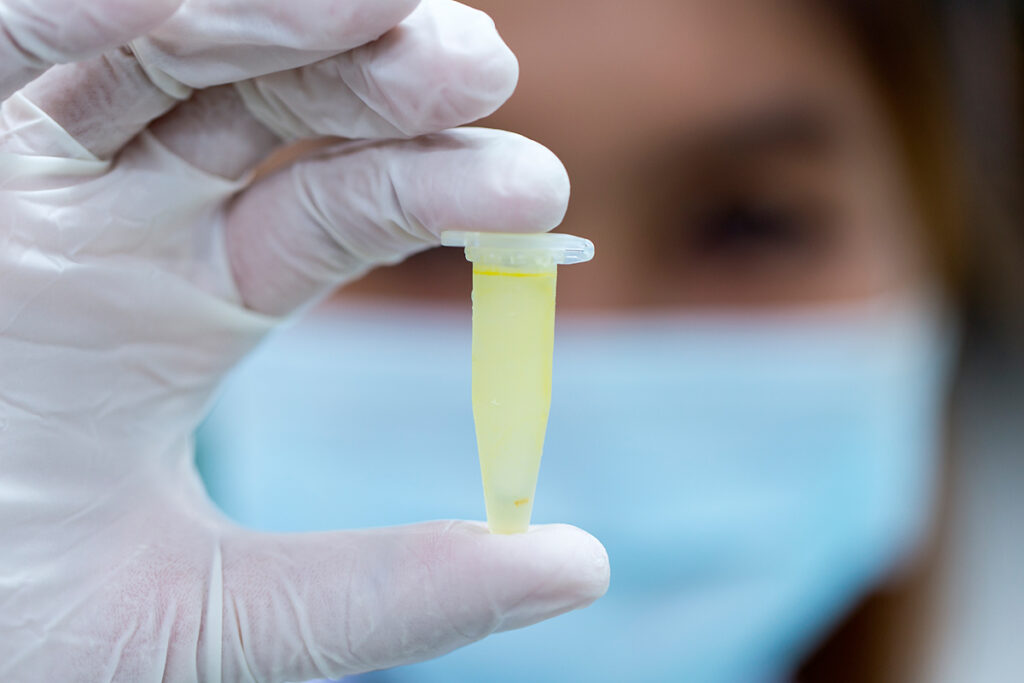The concept of herd immunity is based on the understanding of viral pathogens as intracellular parasites that require a host organism to reproduce. If enough people are immune to the infection, the virus will not be transmitted to susceptible people and disappear. When a good part of the population is immune-protected and prevents the spread of the virus, this population reaches the herd immunity threshold and stops infection outbreaks.
Herd immunity has never been achieved through natural infections. It is only possible on a global scale through mass vaccination. Smallpox and polio have been circulating among the population for centuries, but the natural condition has never led to the threshold of herd immunity. These infections were able to win only with vaccination campaigns that took years of effort and investment.
The term “herd immunity “was coined in the early 20th century by veterinarians during an epidemic of” contagious miscarriages ” in cattle and sheep herds. By the 1950s, the term was applied to newly developed vaccines and their ability to prevent widespread viral diseases such as polio on a population scale. The name “herd immunity” usually referred to the population immunity acquired due to vaccination until recently.
The recent return of the term to its original meaning – immunity acquired through infection or immunization – has given rise to many misconceptions about how the herd immunity threshold for SARS-CoV-2 can be reached. It is impossible to quickly achieve herd immunity with a natural infection, partly because of the relationship between the threshold of herd immunity and the main reproductive number R0.
R0 measures the average number of people infected by one infected person in a fully susceptible population. Mathematically, the threshold of herd immunity is defined as 1-1/ R0. Given that in the absence of measures during the pandemic, R0 figures are ranged from 2 to 3(without measures reducing the transmission), the herd immunity threshold is estimated of 50-67% range. Such a proportion of people must be immune to the epidemic in the population to stop.
However, R0 is determined not only by viral infectivity and virulence. Interventions aimed at reducing viral transmission can significantly reduce R0, as can many factors affect susceptibility to the virus, including genetic characteristics, receptor distribution, and the body’s immune status. Moreover, even populations that are fully susceptible to the virus do not remain fully susceptible over time, as the virus spreads through the population.
For SARS-CoV-2, R0 varies depending on the country, region, and anti-epidemic measures applied in these locations. Although the United States leads in the number of COVID-19 cases, studies have shown that after the first outbreak of coronavirus in the spring of 2020, the proportion of people with antibodies to SARS-CoV-2 was less than 10%. Current estimates from the Centers for Disease Control and Prevention (CDC) show that the ratio of people with antibodies in the United States does not exceed 20-25% in the states with the highest incidence, such as New York, and is much lower in the rest-most of the country.
The low proportion of people with antibodies to SARS-CoV-2 shows that most people have not been exposed to the coronavirus. Achieving herd immunity through natural infection will require at least a doubling or tripling of the number of cases and at least 2-3 years, and possibly more if community transmission declines. Since more than 270,000 people have died from COVID-19 in the United States, and millions of people report persistent long-term symptoms after recovery, attempts to achieve herd immunity through natural infection will be disastrous.
One must assume that infection and vaccination elicit comparable immune responses with similar resistance if one relies on natural infection rather than vaccination to reach the herd immunity threshold. However, there is growing evidence that this is not the case. Many pathogenic viruses, including SARS-CoV-2, inhibit the activity of type I interferons, immune system proteins that trigger innate antiviral responses and are crucial for suppressing viral replication and building sustained acquired immunity. Compared to the influenza A virus, SARS-CoV-2 infection significantly suppresses type I and type III interferons in vivo. Systemic suppression of type I interferon is associated with severe COVID-19 and lymphopenia.
Since type I interferons stimulate polarization of Th1 T-helper cells, which enhances both neutralizing antibodies and the T-killer response, it is reasonable to assume that disrupting these responses may impair viral clearance and the development of immunological memory. Although most patients with COVID-19 develop detectable antibody reactions, numerous studies have shown that serum antibody titers can rapidly decrease within a few months for both SARS-CoV-2 and other coronaviruses.
The SARS-CoV-2 coronavirus can lead to atypical long-term immune responses. A recent study showed depletion of follicular CD4+ T cells and loss of germ centers in the lymph nodes and spleen of patients who died from COVID-19. That was accompanied by a reduction in the number of follicular B cells. Since follicular CD4+ T cells (T helper cells) in germ centers are essential for the differentiation of memory B cells, this finding suggests a mechanism by which SARS-CoV-2 can disrupt long-term development and sustained immunity.
Vaccines do not cause SARS-CoV-2 infections, so they will not evade innate or acquired immunity or suppress the immune response. Although some vaccines are viral vector vaccines, they undergo an interrupted non-pathogenic replication cycle and do not suppress the immune response. Data from vaccine trials show that while the body produces a wide range of antibodies in the natural course of the SARS-CoV-2 coronavirus, vaccination invariably produces neutralizing antibody titers comparable to the highest titers observed in recovering patients.
So far, there is no data on the longevity of immunity to coronavirus after vaccination. However, the immune responses elicited by vaccines are fundamentally different from those produced by natural infection. Thus, achieving herd immunity through vaccination, rather than the disease, will occur faster and significantly lower morbidity and mortality and likely lead to increased functional immune protection over a more extended period.
Although it will take months of tremendous effort to spread vaccines and overcome the fear of vaccination, vaccination will still help reach the threshold of herd immunity much faster than natural infection allows. Vaccines can cause more sustained, long-lasting, and better protective immune responses than infection. Decades of research demonstrate that vaccines are a safe and highly effective means of preventing widespread infectious diseases and the only morally and scientifically acceptable approach to achieving herd immunity on a national and global scale.
Source
Vaccination Is the Only Acceptable Path to Herd Immunity



